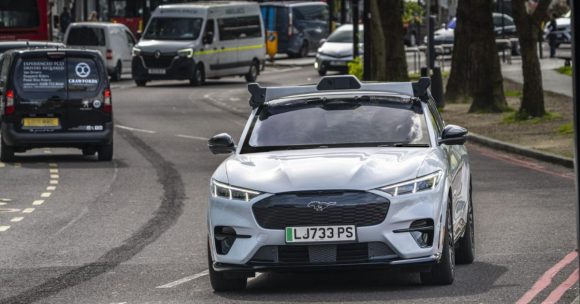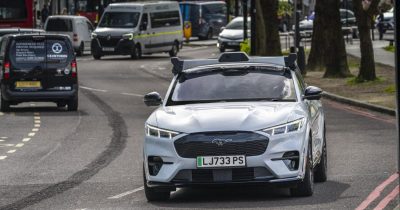Wayve, a frontrunner in embodied artificial intelligence (AI) for autonomous driving, has announced it has secured $1.05 billion in Series C funding.
SoftBank Group led this round, with support from new investor NVIDIA and existing investor Microsoft. This investment will speed up Wayve’s goal to revolutionize autonomous mobility through embodied intelligence.
Founded in 2017, Wayve pioneered an end-to-end AI autonomous driving system on public roads, leading an industry shift toward ‘AV2.0’. Their foundation models enable vehicles to perceive their surroundings and navigate safely in various environments.
The company has created AI driving models that work with any hardware for mapless autonomous driving. They also offer cutting-edge technologies like fleet learning, data infrastructure, evaluation, and simulation platforms to quickly improve their AI models using real and simulated data.
What is Embodied AI?
LAMARR, the institute for machine learning and artificial intelligence defines ….defines Embodied AI as a technology integrated into physical systems, such as robots, enabling interaction with the environment. While announcing its funding round, Wayve says the integration of Embodied AI into vehicles and robots will lead to a paradigm shift in how machines interact with and learn from human behavior in real-world environments.
Autonomous technology
Alex Kendall, co-founder and CEO of Wayve says the company’s vision is to develop autonomous technology that not only becomes a reality in millions of vehicles but also earns people’s trust by seamlessly integrating into their everyday lives to unlock extraordinary value.
“This significant funding milestone highlights our team’s unwavering conviction that Embodied AI will address the long-standing challenges the industry has faced in scaling this technology to everyone, everywhere,” says Kendall.
Kentaro Matsui, managing partner at SoftBank Investment Advisers and Board member at Wayve says AI is revolutionizing mobility.
“Vehicles can now interpret their surroundings like humans, enabling enhanced decision-making that promises higher safety standards. The potential of this type of technology is transformative; it could eliminate 99% of traffic accidents,” says Matsui.
Photo Credit: Wayve
About the author
Sharl is a qualified journalist. He has over 10 years’ experience in the media industry, including positions as an editor of a magazine and Business Editor of a daily newspaper. Sharl also has experience in logistics specifically operations, where he worked with global food aid organisations distributing food into Africa. Sharl enjoys writing business stories and human interest pieces.











